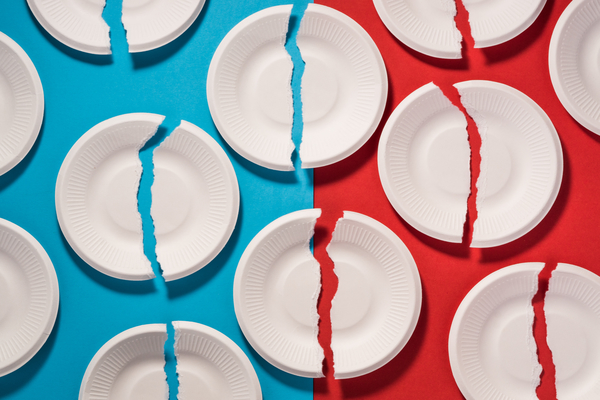On Tuesday Sept 6th the RSA is hosting the event: The Price of Altruism. Oren Harman will speak about the polymath George Price, perhaps the leading contributor to the study of altruism. In the run up to the event, I’ve been thinking more about altruism. After some shallow digging, I uncovered three different categories of it: pure, impure and competitive.
On Tuesday Sept 6th the RSA is hosting the event: The Price of Altruism. Oren Harman will speak about the polymath George Price, perhaps the leading contributor to the study of altruism. In the run up to the event, I’ve been thinking more about altruism. After some shallow digging, I uncovered three different categories of it: pure, impure and competitive.
Economist James Andreoni made a distinction between pure and impure altruism in a paper from back in 1990. The distinction is based on what exactly it is which one feels good about, when committing an altruistic deed. Let’s take an example of voluntarily contributing money towards the building of a playground in a deprived area. Pure altruism would describe when someone donates money, and enjoys the knowledge that the playground will be built. Impure altruism would be when someone donates money, but enjoys the knowledge that he himself has donated to the project. It is the difference between feeling happy about the total supply of a public good versus feeling happy about the individual contribution to that public good. The behavioural outcome may be the same (e.g. donating money to the playground), but the distinction is in the motivation behind the behaviour.
Despite the negative connotation of “impurity”, impure altruism is not a bad thing. First of all, as just mentioned, there is still a positive outcome. Secondly, as this Action for Happiness blog post states, the warm glow associated with altruism may last much longer than other forms of pleasure. My guess is that the warm glow associated with impure altruism may be even stronger than that of pure altruism, because the afterglow is personal and internalised.
A third motivation for altruism is more strategic. Competitive altruism is the term used to describe when someone acts in a way to display his selflessness, in an effort to gain some sort of social status.
In an interesting article by Steven and Alison Sexton, they suggest that competitive altruism may help explain the relative success of the Prius versus other hybrid cars. The Civic Hybrid, for example, has a similar environmental rating to the Prius. The Civic Hybrid has the same chassis as its sister model, the “regular” Civic; a Prius, on the other hand, has its own unique design. So the Prius is easily recognisable as being an environmentally friendly car, whereas the Civic Hybrid is not. The Prius driver is in essence signalling to others that he or she is someone who is selflessly sacrificing something (perhaps performance or purchase price) for the benefit of the environment and his or her fellow human. For the driver of the Civic Hybrid, this selfless reputation is not as easily achieved. Competitive altruism is driven by reputational motives.
Of course, one could ask that age old question: if a person derives some benefit (a warm glow or a good reputation) from behaving altruistically, is that behaviour really altruistic? It’s a conundrum to which I don’t know the answer, but I’m looking forward to learning more about altruism, and George Price, on Tuesday. Click here to join the waiting list or to listen to the event online.
Related articles
-
Imagining a better future through foresight – why the metaphors we use matter
Adanna Shallowe
As we begin to imagine the post-pandemic world, we need to challenge our use of old metaphors to allow for new narratives and better futures to emerge.
-
Polarised: The RSA podcast exploring the politics of division
James Shield
Is it really true that we’ve never been more divided as a society? And if it is, how did it happen and what can be done?
-
How can we give up bad habits for good?
Ian Burbidge
With the post-Christmas resolutions looming, when we try to address the worst of our seasonal over-indulgences, the question remains: how can we give up bad habits for good?




Be the first to write a comment
Comments
Please login to post a comment or reply
Don't have an account? Click here to register.